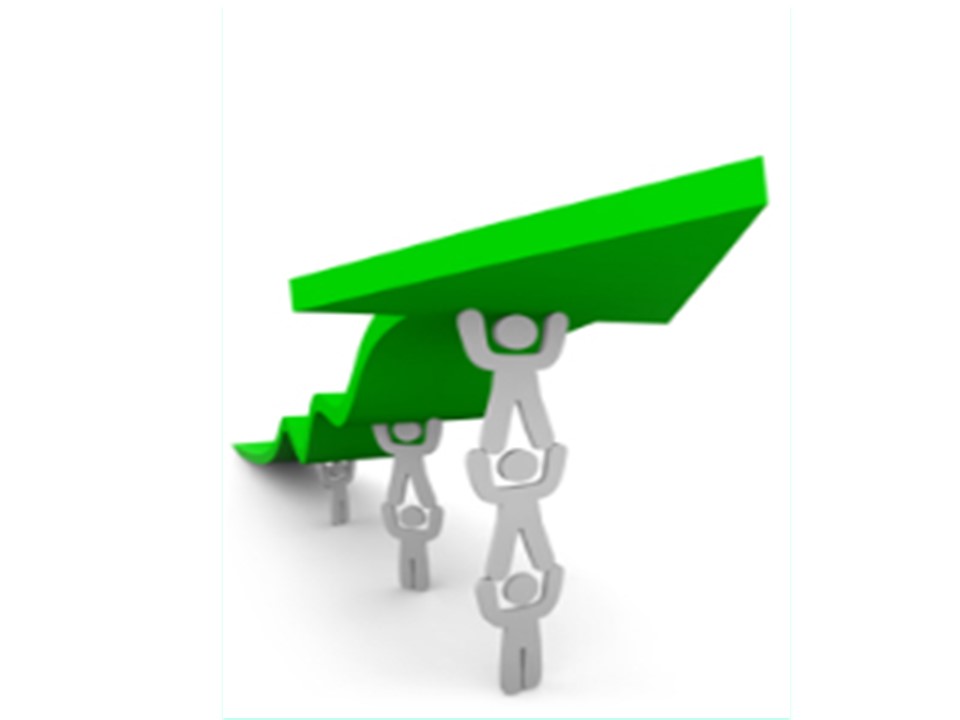Are you satisfied with the level of service you offer to your customers? Is your customer service index OTIF (On Time In Full) high? If not, you have to do something. Watching the OTIF does not improve it. What if you seriously think of implementing continuous improvement? Here is why.
.....
The method
Continuous improvement focus into the very detail, where the devil is thriving. Continuous improvement starts from a problem and goes in at least 5 levels deep asking relentlessly “why?” (5 Why Analysis tool). This is an excellent method to reveal the real cause that is creating the specific problem. The following story is an example of how a company of the fast moving consumer goods sector reduced its stock outs and radically increased its customer service.
The solution
Deliveries of the slow moving SKUs (stock keeping units) usually failed due to insufficient stock. Many efforts to  eliminate the stock outs in the past by increasing the finished goods inventories failed, due to high demand variability. Implementing “5 Why Analysis” revealed an underlying problem in production scheduling: the slow moving products were the first to be sacrificed in case of insufficient production capacity. The investigation proposed a drastic reduction of the change-over time of the SKUs on the production lines and an increase of the scheduling frequency, reducing the size of the production orders. It was therefore possible to produce all the product portfolio within two weeks. The scheduling process was now able to prioritise the slow moving SKUs, without seriously restricting the available production capacity. The fast moving high volume SKUs maintained considerably lower stocks, without any violation of the minimum stock levels. The replenishment was faster, which eliminated the stock outs.
eliminate the stock outs in the past by increasing the finished goods inventories failed, due to high demand variability. Implementing “5 Why Analysis” revealed an underlying problem in production scheduling: the slow moving products were the first to be sacrificed in case of insufficient production capacity. The investigation proposed a drastic reduction of the change-over time of the SKUs on the production lines and an increase of the scheduling frequency, reducing the size of the production orders. It was therefore possible to produce all the product portfolio within two weeks. The scheduling process was now able to prioritise the slow moving SKUs, without seriously restricting the available production capacity. The fast moving high volume SKUs maintained considerably lower stocks, without any violation of the minimum stock levels. The replenishment was faster, which eliminated the stock outs.
For the continuous improvement to be effective it has to be integrative – embracing the company wall to wall – and cross functional. This becomes obvious in the example mentioned above; in order to deliver the benefit of the improvement to the customer many functions have to be involved, like the sales, the logistics, the planning and the production.
Continuous improvement is not temporary or a one-off thing to do. It is an on-going effort to make things better. It is a mind-set and a culture that embraces the whole company. Whenever an improvement project comes to an end, the next improvement opportunity arises. In the above mentioned example, when the improvement project was implemented, a different delivery failure popped up. A stock out hit a slow moving SKU, because of an unexpectedly high delivery order that could not be fulfilled due to insufficient stock. The improvement project proposed to reduce the size of the delivery orders and consequently to increase the frequency of the deliveries to the customer.
The spin-offs
An important effect of the continuous improvement is the support of a continuous learning organisation. In this case the company understood that by reducing the size and increasing the frequency of the production and the delivery orders, the production can better react to demand changes. A very important side effect of this improvement is the drastic reduction of the finished goods stocks resulting in considerable reduction of working capital. Besides, the warehouse was never congested, the forklift trucks could move the goods faster and safer with no damages.
The change-over time reduction compensated for the increased number of change-overs. The working capital reduction and the warehousing cost reduction (less storage space required) compensated for any increase of the delivery costs and the cost of the extra change-overs. The stock reduction supported by the increased flexibility in production and logistics (deliveries), eliminated the stock outs and boosted the customer service index OTIF to above 99.5%, exceeding the expectations of the customers.
However, the message goes far beyond the example described here. Companies are looking for tools to help them solve their customer service problems. Others are trying to change the way they think according to the lean thinking guidelines. “It is easier to act your way into a new way of thinking than to think your way into a new way of acting” (Jerry Sternin). In other words, instead of copying solutions it is far more effective to get people to think differently and take initiative. Continuous improvement culture will help you to get there.
Nov. 7, 2016
Alkis Charalambopoulos, www.leansolutions.gr
Keywords: continuous improvement, stock, customer service, stock outs, fast moving consumer goods, change overs, slow moving products

